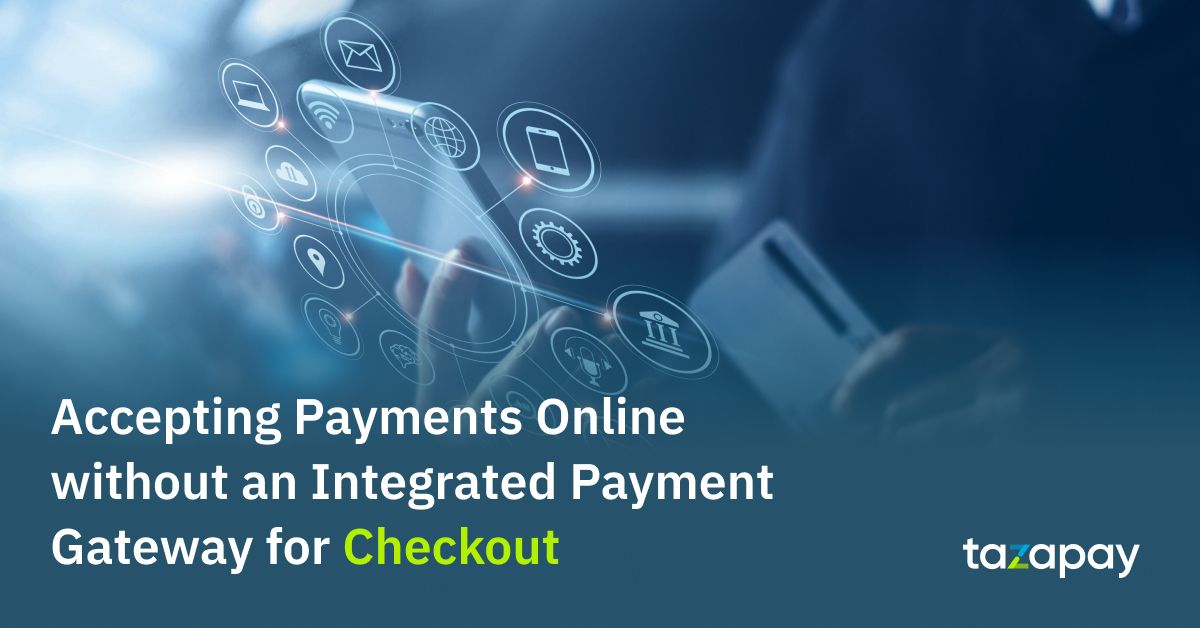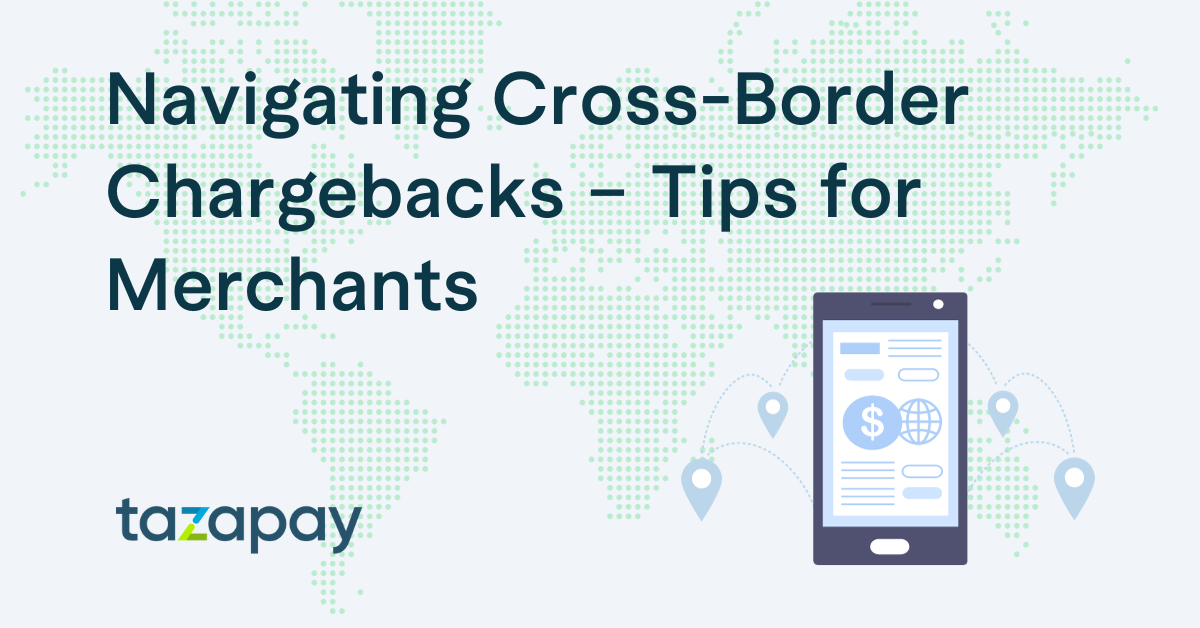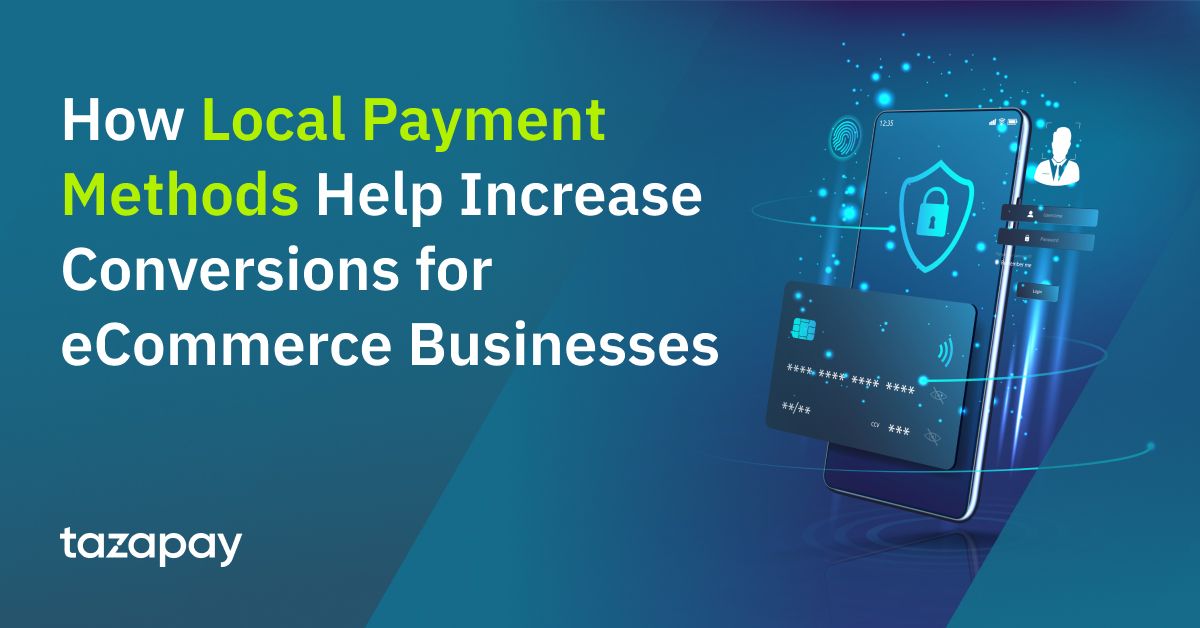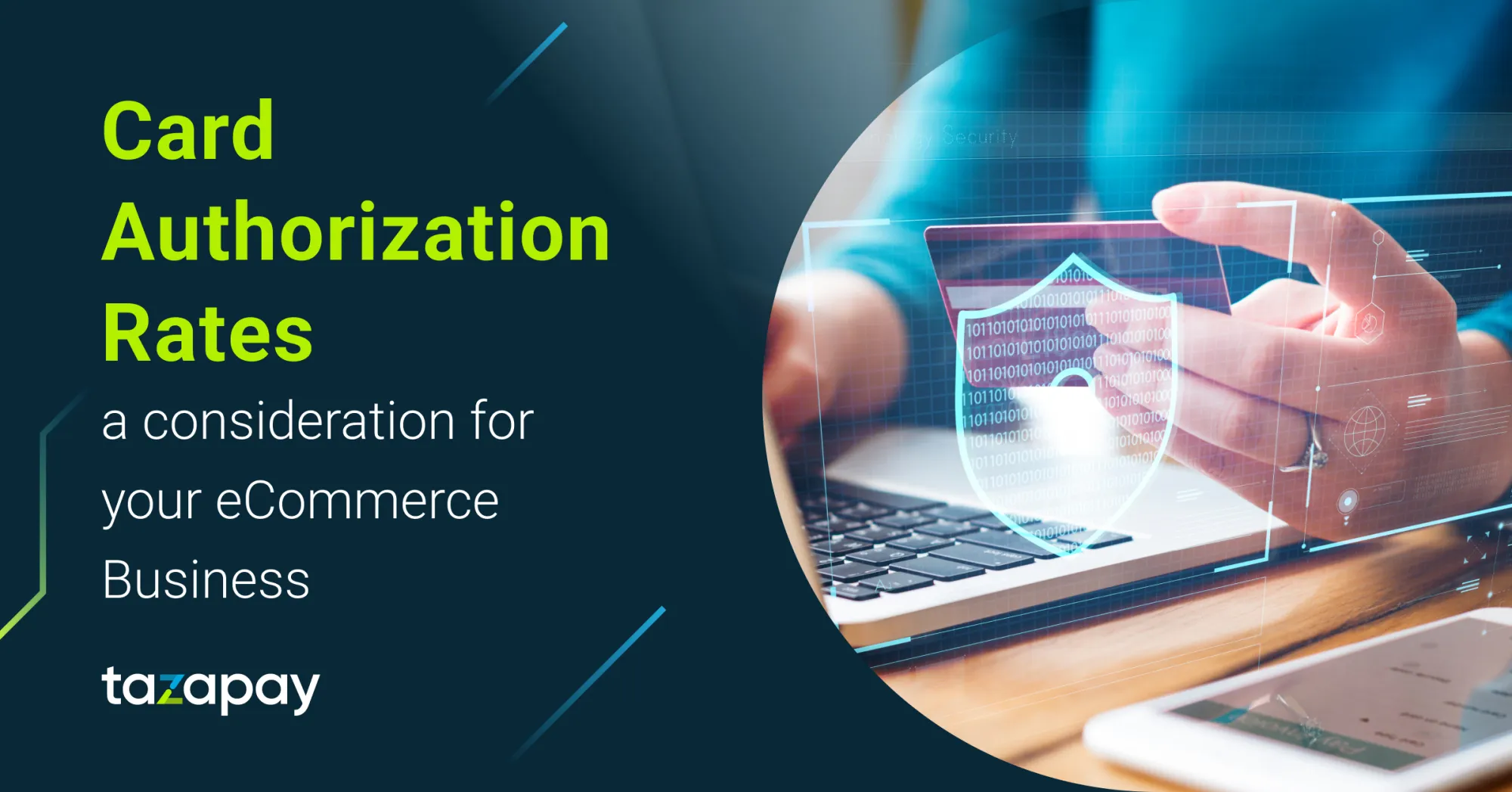- Home
Blog Blog
eCommerce Tips eCommerce Tips
Accepting Payments Online without an Integrated Payment Gateway for eCommerce Checkout
Accepting Payments Online without an Integrated Payment Gateway for eCommerce Checkout

Having an integrated payment gateway or payment API for your online business can go a long way in streamlining the checkout process and improving user experience. However, setting it up can be challenging and time consuming for businesses especially for smaller businesses and freelancers that don’t have the luxury of having a team of developers at their beck and call.

However, this does not mean that they are out of options when it comes to accepting online payments.
Integrated Payment Gateways Can Be A Hassle To Set Up
Integrated payment gateways, also known as hosted or native APIs (Application Programming Interface), require a degree of technical knowledge to implement properly. This is because the integrated payment gateway functionally acts as the bridge between software that facilitates payments since they manifest as a set of protocols for pushing data for making payments and other various functions for use cases involving monetary transactions. Because of that, payment APIs are ideal for online marketplaces or platforms.
In simpler terms, APIs are the virtual equivalent of the store workers that take orders from customers and notify the merchant what, when, and where to ship the product. It is this automation and level of control over these mechanisms that help make the checkout experience a seamless one.
However, it is also this level of complexity that makes it a hassle to implement. This is because you are essentially integrating a system that handles a wide array of processes related to payments and transactions for you.
This means that even for hosted experiences, where the brunt of the effort is borne by the payment provider, this can be a time consuming process for those that are new to eCommerce, online trade, or lack the expertise needed to integrate such a system. More often than not, this includes freelancers and small businesses since they either have little need for such a level of digital integration or cannot afford to expend the effort needed to integrate a payment API.
To demonstrate this, here is a simple breakdown of the steps needed to integrate a payment gateway to online checkout:
- Connect the payment gateway’s server to your website’s server
- Obtain the gateway’s API credentials and map your data about the product, buyer and seller, payment methods, and any other features that your API has
- Set up the necessary pages during checkout such as a preview page, success page, cancellation page, etc
- Test the payment gateway in a sandbox environment before going li
It is important to note that the above steps are more of a general overview of how APIs are set up and will differ depending on the payment provider. These payment providers usually have API documentation that one can refer to for guidance on setting up the payments architecture for your website's checkout. Not only that, there are also generally more steps taken to ensure that online B2B checkout is as seamless as B2C checkout.
If even the hosted experiences are complicated and time consuming, what’s the alternative?
Payment Links: The Simpler Alternative for Budding eCommerce Merchants
A viable alternative to integrated payment gateways that small businesses and freelancers can use to collect online payments is a payment link. Payment links refer to any link or button that the buyer has to click in order to send money to the seller to purchase a product or service. These may also be referred to as ‘pay by link’ or ‘pay button’ since they are some of the common variations of the term, ‘payment link’.
Unlike integrated payment gateways, they are simpler and easier to set up, and payment links can be set up such that it is specific to a particular transaction, thereby making it useful for sellers and service providers that may charge on a case-by-case basis.
To illustrate the simplicity in setting up a payment link, here’s a brief step-by-step on how to create a payment link with Omoney:
- Login to the Omoney Dashboard and click “Create Payment Links”.
- Input your own details as the seller and your buyer's details.
- Set the transaction currency, amount, and the description and any supporting documents for the transaction.
- Share the payment link to your buyer and start accepting their payment.
With that said, should the option to integrate a payment gateway opens up down the line, it is better to opt for a payment provider that has API integrations at the ready since it will greatly help create a seamless checkout experience for your website.
Now that you know about using payment links as an alternative to integrated payment gateways, you can go ahead and start making your own if integrated payment gateways are still out of reach for the time being. If you’re still unsure about where to find a reliable service that can help you create payment links, Omoney might be a good fit for you since you can receive payments from credit and debit cards, local bank transfers, e-wallets and QR code payments in one link.
Category

eCommerce Tips
Accepting Payments Online without an Integrated Payment Gateway for eCommerce Checkout
Related Articles

Navigating Cross-Border Chargebacks – Tips for Merchants







